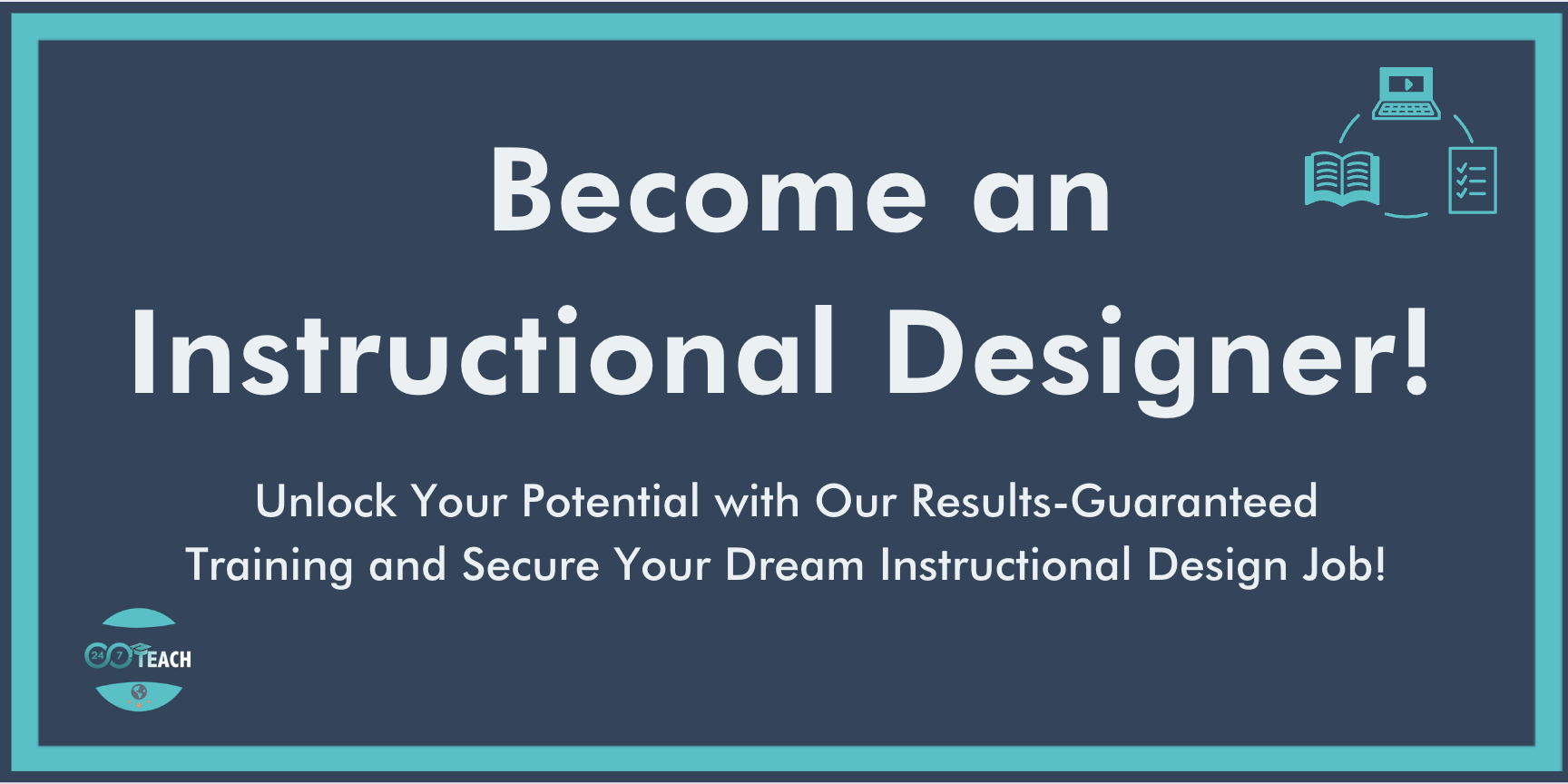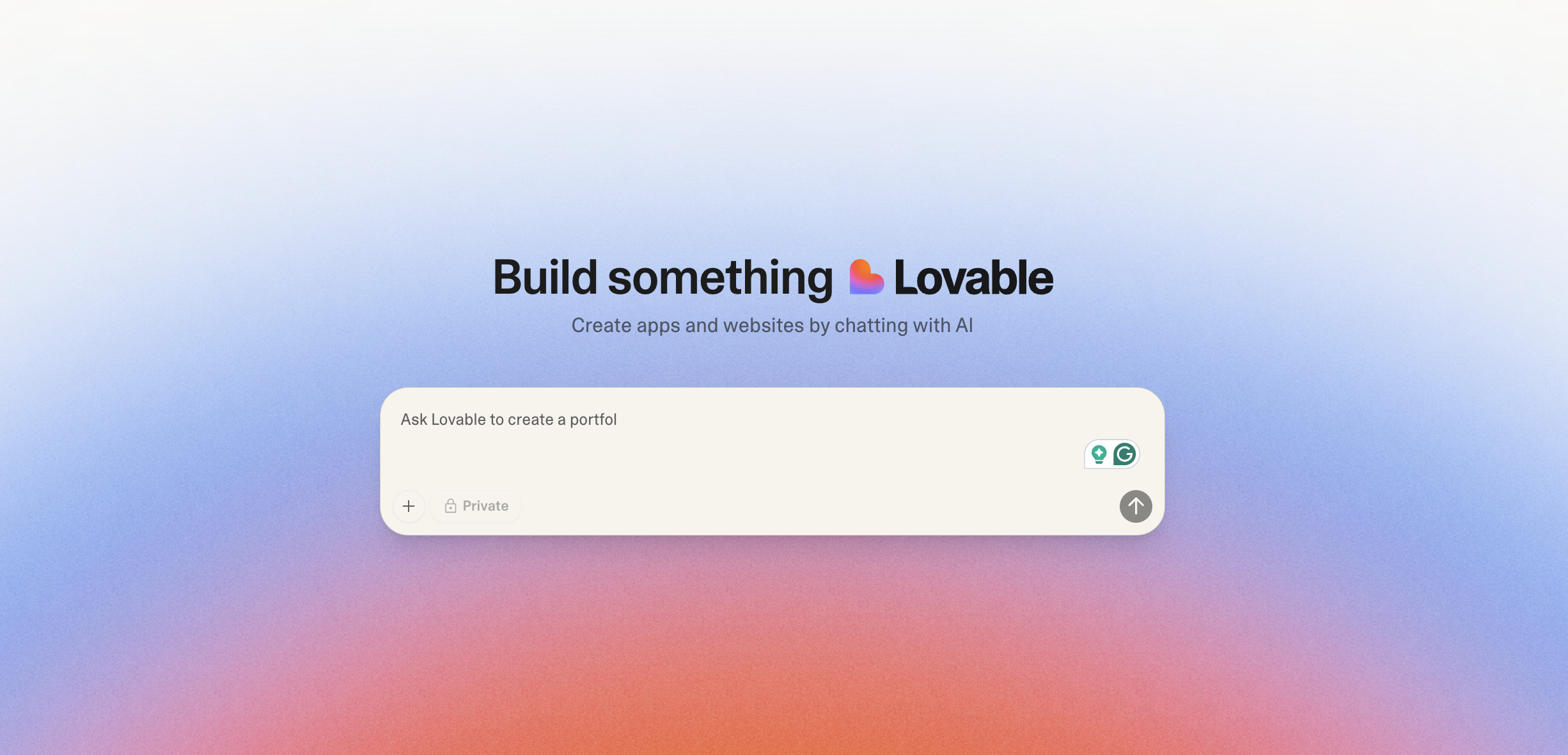Can You Become an Instructional Designer in Just 10 Weeks? Here's the Reality
By Anthony Miller
Lead Instructional Designer
Prefer to listen to this post? Click below.
As a Teacher, can you become an instructional designer in 10 weeks, yes or no?
Introduction
You're not alone if you've ever pondered the question, "Can I learn instructional design and get hired in 10 weeks?". The field of instructional design is gaining significant traction, and many are contemplating a transition into this evolving discipline. The answer to that question is a mixed bag — yes, it is possible, but highly unlikely, even for experienced teachers. Let's dive into the complexities of venturing into instructional design, especially for those coming from a teaching background.
The Paradigm Shift
Switching to instructional design from a teaching profession does involve an overlap in skill sets, but it's not a straightforward transition. While teachers are implementors of learning, instructional designers are the architects of learning. This shift demands the development of new competencies like visual design, understanding authoring tools, navigating learning management systems, research and analysis, and a plethora of soft skills not regularly practiced in the classroom. The equation to remember here is simple: knowledge + practice + time = experience.
Is It Hard to Get into Instructional Design?
The path to becoming an instructional designer can be direct or indirect, and each has challenges and opportunities. According to industry reports, landing an instructional design role without relevant experience can be a steep climb but is not impossible.
The Direct Path: Master's Degree or Certificate
The most straightforward way to enter the field is to earn a master's degree or certificate in instructional design. This formal education provides a strong foundation, particularly for those who do not have previous education or training experience. However, based on our experience, many master's degree programs do not offer practical opportunities to apply the knowledge gained, which is essential to gain the real experience required to get hired. Additionally, some certificate programs focus mainly on teaching the authoring tools without providing access to the theory and soft skills training necessary for a successful transition. Nonetheless, some graduates find rewarding roles even without prior work experience.
The Indirect Path: Self-Learning
Then, there's the indirect path, where you learn the ropes independently. This route is usually slower and more complex, especially if you lack a formal portfolio or credentials. However, dedicated self-learners can succeed, especially if they tap into online resources like blogs, webinars, and LinkedIn posts.
Something In Between: Bootcamps and Academies
A middle-ground option exists in the form of bootcamps or academies. These short-term courses offer an accelerated learning curve. To explore this further, consider joining 24/7 Teach's Instructional Design Bootcamp with Job Guarantee.
What Does It Take to Be an Instructional Designer?
Being effective in this field goes beyond just acing interviews. It's about practical skills, experiences, and the impact you make. For teachers transitioning into this field, understand that the first few years are crucial. Just like it often takes at least three years in the classroom to become proficient as a teacher, a similar investment of time and experience is essential for instructional designers.
The Teacher's Advantage
If you're already involved in education, you have an edge. You're familiar with curriculum planning, lesson execution, and the nuances of pedagogy. These transferable skills give you a headstart in the instructional design landscape. Yet, as a teacher, you might wonder, do I just need a portfolio to become an instructional designer? Well, a portfolio is vital but not the end-all-be-all. The key is to continuously hone your skills to become an effective instructional designer who gets hired every time.
Real-Life Case Study: From Teacher to Instructional Designer
Let's talk about Rob, a teacher who transitioned into instructional design through our boot camp program. Rob didn't even have a portfolio when he entered the program. Fast forward to today, he has received three job offers in the field. His experience demonstrates the transformative power of dedicated learning and skill acquisition.
Is Being an Instructional Designer Worth It?
Yes, the investment is worthwhile. The field offers room for creativity, technical growth, and the satisfaction of having a tangible impact on learning outcomes. The compensation is also competitive, making it a lucrative career path.
Skill Set Essentials for Instructional Designers
Now that we've covered the basics, let's delve deeper into your skill sets to excel as an instructional designer.
Technical Skills:
Authoring Tools: Familiarity with software like Adobe Captivate, Articulate Storyline, Synthesia, and ChatGPT is essential. These tools help in the creation of digital learning materials.
Learning Management Systems (LMS): Platforms like Moodle, Blackboard, and TalentLMS are commonly used to host online courses. A working knowledge of LMS is vital for launching and tracking learning programs.
Graphic Design: While you don't need to be a graphic designer, familiarity with Photoshop or Illustrator can be beneficial.
HTML/CSS: Basic knowledge of HTML and CSS is advantageous as it enables you to modify course materials without relying on a developer.
Soft Skills
Communication: Effective verbal and written communication skills are crucial. You'll often need to collaborate with subject matter experts, developers, and stakeholders to create impactful learning solutions.
Critical Thinking: Instructional design involves solving educational challenges creatively. Strong analytical skills are needed to assess learning needs and devise effective solutions.
Project Management: You'll often manage multiple projects simultaneously. Organizational skills, attention to detail, and time management are vital to delivering projects on time and within budget.
The Role of Networking and Mentorship
Networking is another essential aspect of building a career in instructional design. Attending industry conferences, participating in webinars, and joining professional groups can provide valuable connections. A mentor can guide you through the initial stages of your career, helping you avoid common pitfalls and set you on a path to success. Learning from the experiences of others can shorten your learning curve significantly.
The Financial Aspect: Is Instructional Design Lucrative?
One often overlooked question is the financial aspect: Is being an instructional designer lucrative? Generally speaking, the field of instructional design offers competitive salaries. According to the U.S. Bureau of Labor Statistics, the median annual wage for instructional designers was about $66,290 in 2020, with top earners making well over $100,000 annually. While these figures are subject to change based on experience, location, and the organization you work for, the financial rewards make the field appealing for many.
Common Pitfalls and How to Avoid Them
Embarking on a new career path is fraught with challenges, and instructional design is no exception. However, knowing common pitfalls can help you navigate through them effectively.
Not Updating Skills: The field of instructional design is ever-evolving. Not keeping up with new tools and methodologies can make your skills obsolete.
Ignoring Feedback: As an instructional designer, you're not just creating content but facilitating learning. Ignoring feedback from learners and stakeholders can result in ineffective training materials.
Overlooking Evaluation Metrics: It's essential to define the KPIs (Key Performance Indicators) you'll use to measure the effectiveness of your courses. Neglecting this aspect can result in the failure of an otherwise well-designed course.
A Roadmap for Transitioning Teachers
For teachers wondering how to transition, start by leveraging your knowledge of curriculum development and educational psychology. Create a roadmap to acquire the additional skills needed for instructional design. Follow blogs and podcasts on the subject to understand industry trends and challenges. Engage in online forums, consult peers who've transitioned, and start building your portfolio.
Where to Begin: Your First Steps into Instructional Design
Taking the first step into a new career can be daunting, and instructional design is no exception. So, where should you begin? The answer is by identifying gaps in your existing skill set. Conduct a self-assessment to determine which skills you already have and what you need to develop. Create a list and set achievable milestones.
For those transitioning from teaching, the good news is you're not starting from scratch. You already have a fundamental understanding of educational principles. Your challenge is to broaden this understanding to fit a more diverse set of learners, which might include adult learners in a corporate setting.
Creating Your First Portfolio
So, you've acquired some skills and want to showcase them? A portfolio is your best friend. Having a strong portfolio is often more important than having a degree. Read our detailed guide on Do you need a portfolio to get hired as an instructional designer for tips on what to include in your portfolio.
The Importance of Continuous Learning
Once you've stepped into the instructional design field, you'll find that the learning never stops. You must keep your skills up-to-date, whether it's new technologies, learning models, or methodologies. Subscribe to industry publications, attend conferences, and follow thought leaders on social media to ensure you stay ahead of the curve.
Specializations within Instructional Design
As the field of instructional design continues to grow, a plethora of specializations are emerging. For example, some designers specialize in healthcare education, others in corporate training programs, and some even specialize in designing educational video games. Your background and interests can dictate your niche within instructional design.
Freelance or Full-time: Which is Right for You?
Another critical decision you'll need to make is whether you're looking for full-time employment or considering freelance opportunities. Both have their merits. Freelance instructional designers often enjoy greater flexibility but at the cost of job security and benefits. On the other hand, full-time positions offer stability but might come with a rigid work schedule. Our guide on How to get hired as an instructional designer with minimum experience can provide you with valuable insights into both options.
Job Markets and Locations
Although the internet has made remote work more feasible, location can still be a factor. Larger cities often offer more opportunities but can also come with higher living costs. Some areas have thriving educational technology sectors, while others may focus more on corporate training—research to find the market that fits your specialty and needs.
Conclusion
To wrap it up, becoming an instructional designer is neither a sprint nor a marathon—it's a lifelong journey. Becoming highly proficient takes more than 10 weeks or even years, but every day is an opportunity to grow and hone your skills.
Instructional design is an evolving, challenging, and rewarding field. If you're dedicated, willing to invest in your growth, and focused on creating meaningful learning experiences, then instructional design might be the perfect career.
Discussion Question:
Join the conversation and participate with the 24/7 Instructional Design community by answering the DQ in the comment section below:
In what ways have you personally experienced or applied the principles of Pedagogy, Andragogy, Heutagogy, Peeragogy, Geragogy, or Cybergogy in your learning journey? Share specific examples and discuss how these experiences impacted your understanding of effective learning.
Need Guidance on Navigating the Shift to Instructional Design?
Before You Go...
Discover the Unmatched 24/7 Teach Experience:
Our Instructional Design bootcamps and career coaching services have a 100% success rate. We redefine learning by immersing you in practical, hands-on projects, ensuring you acquire vital professional expertise while making a meaningful difference in your community.
Unlock your true potential today with 24/7 Teach and invest in your future.











